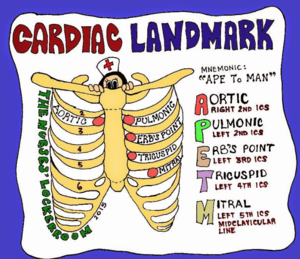14112002
HPA - varicella-zoster virus COI
Resource summary
| Question | Answer |
| What is VZV? | The DSvirus that causes the infections of chicken pox. A virus that has a nucleocapsid contained within a capsid. |
| Epidemiology | Common world-wide. 80%–90% of the population in temperate countries developing clinical or serological infection by adolescence |
| Reservoir | Infectious people or the things they have touched/sneezed/secreted on |
| Portal of exit | - Chickenpox/ shingle blisters (secretions) - Coughing/sneezing |
| Mode of transmission | Contact with infectious people Inhaling tiny droplets coughed sneezed or during conversation with infected person Touching contaminated surfaces |
| Portal of entry | Nasopharyngeal mucosa Respiratory tract Conjunctiva All in all: mucosal membranes |
| Susceptible host | Anyone with no history of infection or immunity (due to vaccination e.g) |
| Pathogenesis | - After entering the host it has an incubation period of around 10 - 21 days - Slow incubation due to the way it transmits slowly from cell to cell Virus enters cell via receptor mediated endocytosis DNA replicates inside cell nucleus - where nucleocapsids are created The full virion is formed in the trans-golgi network of the cell (golgi apparatus) - capsid (outer protein shell) is added The virus then heads to the surface of the cell where it travels to infect the next cell. During primary viraemia the virus spreads to lymph nodes, liver and lungs. Secondary viraemia - As the incubation period progresses, the virus makes its way to the skin via T cells As the infection progresses, small skin vesicles filled with pus and infected cell particles form on the skin surface. These lesions are the 'pox' of chickenpox. Once the virus reaches the superficial epidermis (the outermost layer of the skin) it can float freely outside of the cell and become airborne |
| How might the cycle be broken in general | Identifying the infectious agent ASAP Infection control Airflow restrictions Waste disposal Isolation of infected persons Vaccinating those susceptible and at highest risk of most damage from the disease Sterilising/disenfecting surfaces/objects that have come into contact with infected person Hand hygiene and use of PPE |
| Prevention - vaccination | VZV vaccination - Varilrix®, Varivax - contain weakened versions of the varicella virus. National Immunisation Program (funded from 2005): single dose schedule at 18 months of age school-based catch-up program at 10–13 years of age for those with no history of disease or previous vaccination. |
| Other medication treatments | Antiviral medication Acyclovir for chickenpox. Famciclovir and Valacyclovir for the shingles. |
Want to create your own Flashcards for free with GoConqr? Learn more.

